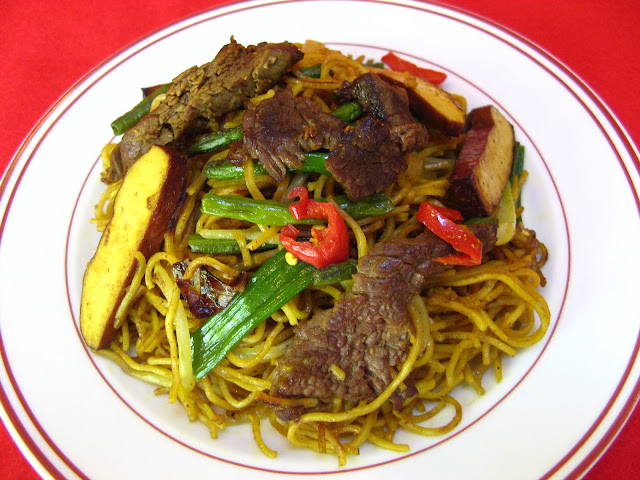This recipe was updated on 04 Aug 2015. Some instructions
and ingredient quantities were changed, and metric measurements added.
Here’s another three flavor (beef, chicken, shrimp) dish
that you can get at my local Muslim Chinese restaurant. In order to make this
dish you need all three flavors available at once, which can be a problem since
you’re likely to make dishes with only one available. Since I made the Three
Flavor Shanghai Noodles (三鮮上海麵, Saam1 Sin1
Soeng6 Hoi2 Min6) recipe, I had all three
flavors available and decided to go for it.
I use Lee Kum Kee brand Premium Oyster Flavored Sauce
because it’s the brand I grew up with and has a good flavor. It’s a little more
expensive than other brands, but it’s worth the price in my opinion. I once had
a weak moment and bought an inexpensive brand of oyster sauce, and was
disappointed in the flavor when compared to the Lee Kum Kee Premium brand. So
get the good stuff!
Enjoy!






